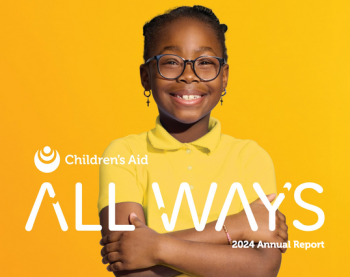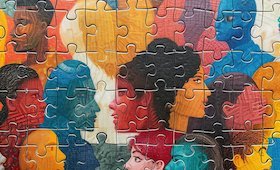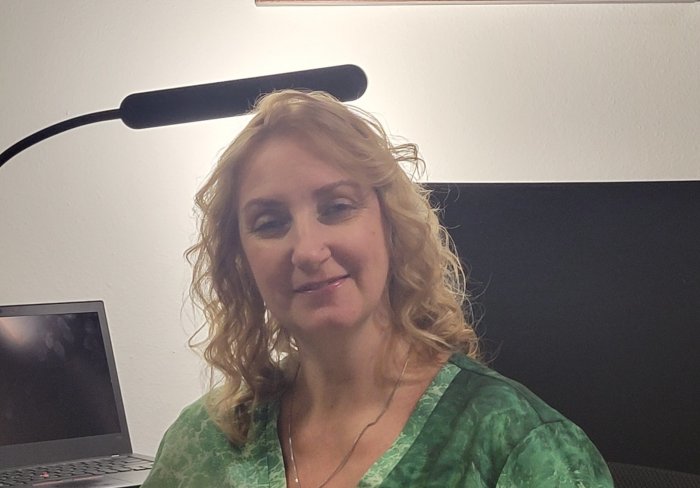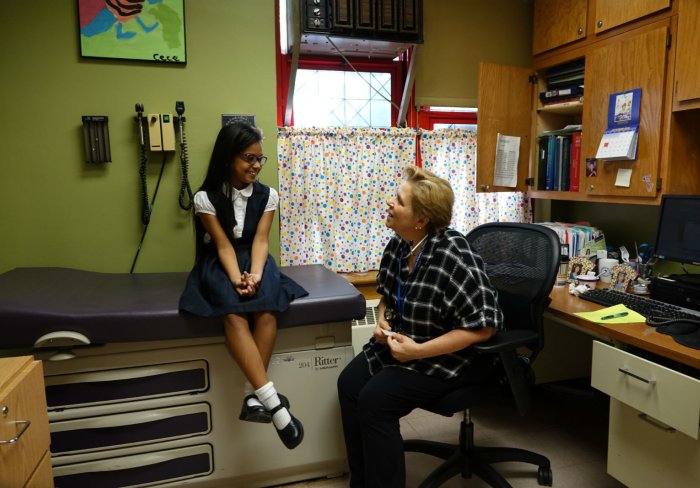The Impact of Poverty on Health
Poverty is a significant determinant of health outcomes, influencing various aspects of physical, mental, and social well-being. Individuals living in poverty face numerous challenges that adversely affect their health, often leading to a cycle of poor health and persistent poverty.
One of the most direct impacts of poverty on health is the limited access to healthcare services. Low-income individuals often lack health insurance, making it difficult to afford necessary medical treatments, preventive care, and medications. This can lead to untreated illnesses and conditions that worsen over time, increasing the risk of severe health problems.
Nutrition and Diet
Economic constraints can severely limit access to nutritious food. People living in poverty may rely on cheaper, less nutritious options, leading to poor diet and associated health issues such as obesity, diabetes, and cardiovascular diseases.












